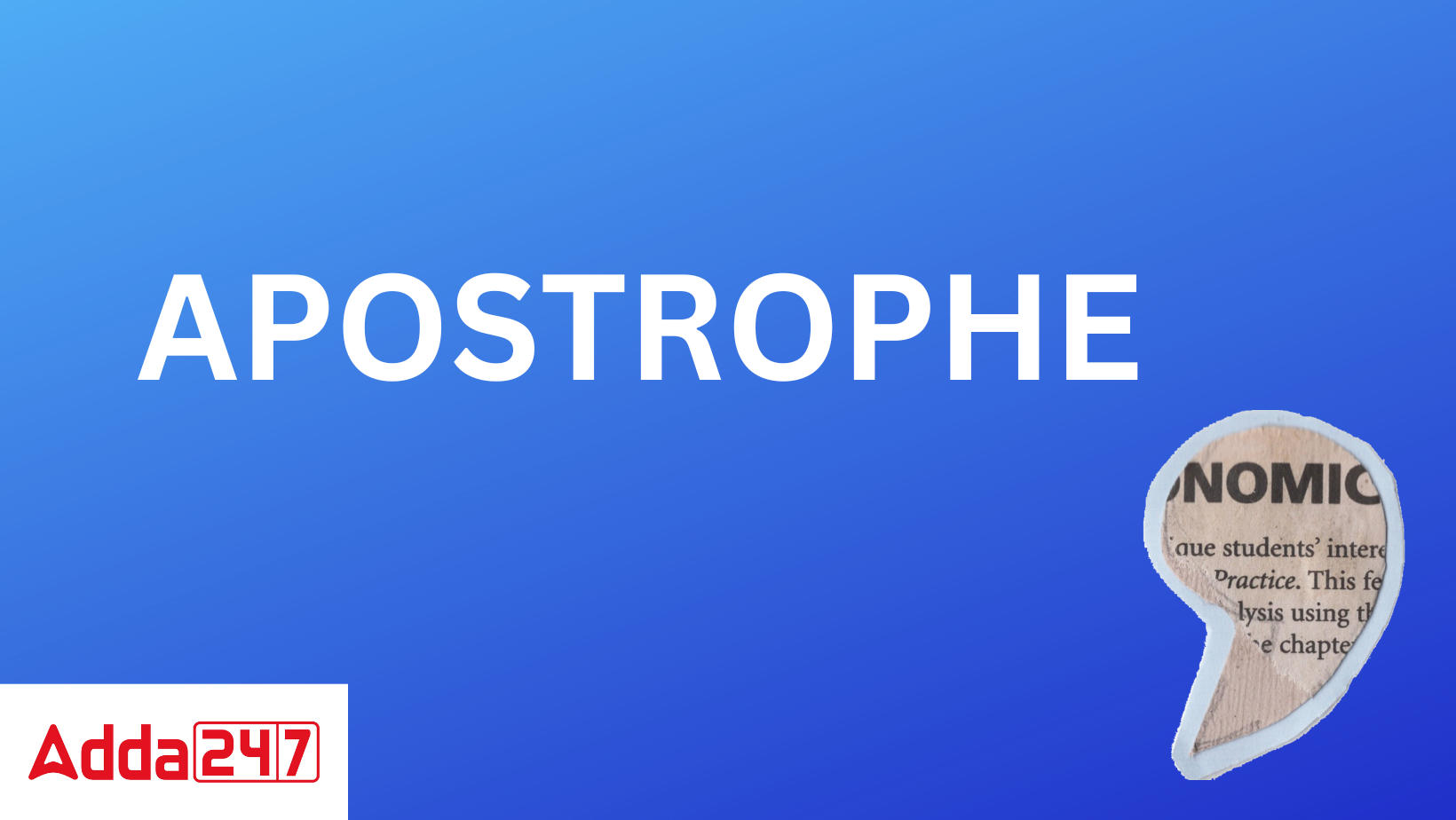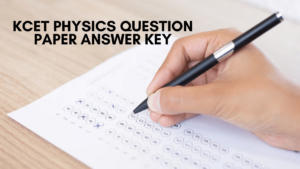Table of Contents
Apostrophe Literary Device
An apostrophe is a type of punctuation that is typically used to indicate possession or ownership of something or someone. Additionally, it can be used to create contractions and denote missing letters and digits. The letter (‘) serves as the indicator.
Apostrophe Meaning and Definition
An apostrophe is a mark (‘) used to signify that one or more letters or numerals have been omitted, as in she’s for she is and ’63 for 1963, according to the Oxford Learner’s Dictionary. In writing, an apostrophe is “the symbol’ used to signify when a letter or a number has been omitted, as in I’m (= I am) or ’85 (= 1985), or that is used before or after s to show possession, as in Helen’s house or babies’ hands,” according to the Cambridge Dictionary.
A symbol “used to denote the removal of letters or figures, the possessive case (as in “John’s book”), or the plural of letters or figures (as in “the 1960s”),” according to the Merriam-Webster Dictionary. According to the Collins Dictionary, an apostrophe is “the mark” used when one or more letters have been omitted from a word, as in the words “isn’t” and “we’ll.” Additionally, it is used to create possessives for nouns, as in “Mike’s car.”
How to use an Apostrophe?
One could describe an apostrophe as having multiple uses. An apostrophe’s main use is to show that something or someone is owned by someone else. Other uses for contractions include showing the plural form of letters and numerals, marking a missing letter or number, and more.
Apostrophe Rules
When using an apostrophe to carry out its many tasks, there are only a few things to remember. See what they are by reading the following points.
- When indicating possession or ownership, the apostrophe should come right after the noun or pronoun that belongs to the owner of the specified thing or person, followed by an “s”.
- The apostrophe should appear after the letter “s” if the noun or pronoun already has it as the final letter. Additionally, as it is already understood, you do not need to put another “s” after the apostrophe in this instance.
- Another guideline for using the apostrophe to denote possession is to only add the apostrophe and the letter “s” to the second word of a compound word that has been hyphenated.
- Apostrophes can be used for both nouns if there are two or more nouns that indicate different ownership. The latter noun or pronoun, however, should include an apostrophe and an “s” at the end of both nouns or pronouns own the same thing.
- When a letter or number is missing, an apostrophe is used to indicate that it is missing in that specific location. Additionally, keep in mind that even if multiple letters or numerals are missing, you should only add one apostrophe rather than as many as the missing letters or numbers.
- The apostrophe is used in these contractions as well. Can’t, I’m, don’t, and other contractions can be created using an apostrophe.
Apostrophe Sign
In English, the apostrophe sign (‘) is used for this. It is a crucial punctuation mark that is frequently misapplied in English. When some letters have been removed from a word (as in contractions like “she’s,” “it’s,” etc.), an apostrophe is used to indicate this. In addition to designating the plural form of lowercase letters, the apostrophe symbol can also be used to represent the possessive form of a noun (possessive apostrophe, i.e. John’s books,…).
Apostrophe Examples
It’s possible to see how apostrophes serve many purposes. Examine the examples below to see how an apostrophe carries out each of its several roles.
The apostrophe in names
- Everyone keeps telling me that I am my mom’s daughter in every way.
- Rincy’s dog went missing yesterday.
- Did you find his bike’s keys?
- Susan’s father got a job in the United Arab Emirates.
- Are you the teacher’s pet?
Use of an Apostrophe to Form Contractions
- Don’t you think you can finish it by next week?
- They weren’t at the hotel.
- I’m willing to help you out with your project if you wish.
- Shouldn’t they be here by now?
- She kept saying that it wasn’t her fault.
Use of an Apostrophe to Indicate Missing Letters and Numbers
- We did it a li’l differently.
- She was definitely o’er the top when the results were announced.
- The kids of the ‘90s are different from every other generation.
- From ‘89 – ‘93, I was studying in Delhi.
- I could not make it to the event ‘cause I was not keeping well.
Use of Apostrophe with Compound Nouns or Hyphenated Nouns to Show Possession
- My father-in-law’s sister came home today.
- The twelve-year-old’s parents were asked to meet the Principal.
- Yesterday was my great-grandfather’s 100th birthday.
- Everybody loved my great-grandmother’s recipe for chocolate brownies.
- My would-be’s plan to come to meet me changed because of the rain.
Know more:
| Simile | Antithesis |
| Metaphor | Oxymoron |
| Personification | Epigram |
| Apostrophe | Irony |
| Alliteration | Pun |
| Assonance | Metonymy |
| Hyperbole | Synecdoche |
| Euphemism | Transferred Epithet |
Apostrophe Literary Device- FAQs
Que. What are the 5 examples of apostrophes?
Ans. A few apostrophe examples are below:
- I am – I’m: “I’m planning to write a book someday.”
- You are – You’re: “You’re going to have a lot of fun with your new puppy.”
- She is – She’s: “She’s always on time.”
- It is – It’s: “I can’t believe it’s snowing again.”
- Do not – Don’t: “I don’t like anchovies.”
Que. What symbol is an apostrophe?
Ans. In English, the apostrophe symbol (‘) is used for this.
Que. What are the rules for apostrophes?
Ans. When indicating possession or ownership, the apostrophe should come right after the noun or pronoun that belongs to the owner of the specified thing or person, followed by an “s”.
The apostrophe should appear after the letter “s” if the noun or pronoun already has it as the final letter. Additionally, as it is already understood, you do not need to put another “s” after the apostrophe in this instance.
Que. Where is the apostrophe (‘) used?
Ans. An apostrophe is a small punctuation mark ( ‘ ) placed after a noun to show that the noun owns something.
Que. What are the 2 types of apostrophes?
Ans. The two types of apostrophes are apostrophes of possession and contraction.



 UP, MP, CBSE Board Result 2025 Live Upda...
UP, MP, CBSE Board Result 2025 Live Upda...
 CUET UG Exam Date Sheet 2025 @cuet.nta.n...
CUET UG Exam Date Sheet 2025 @cuet.nta.n...
 KCET Physics Question Paper Answer Key 2...
KCET Physics Question Paper Answer Key 2...










